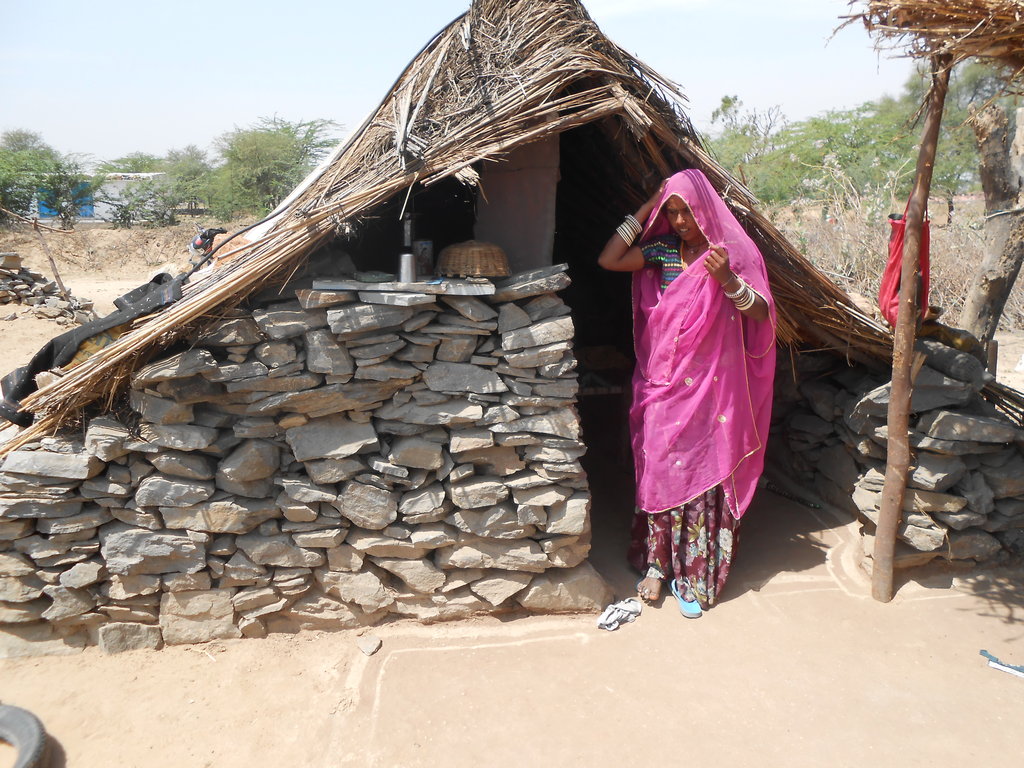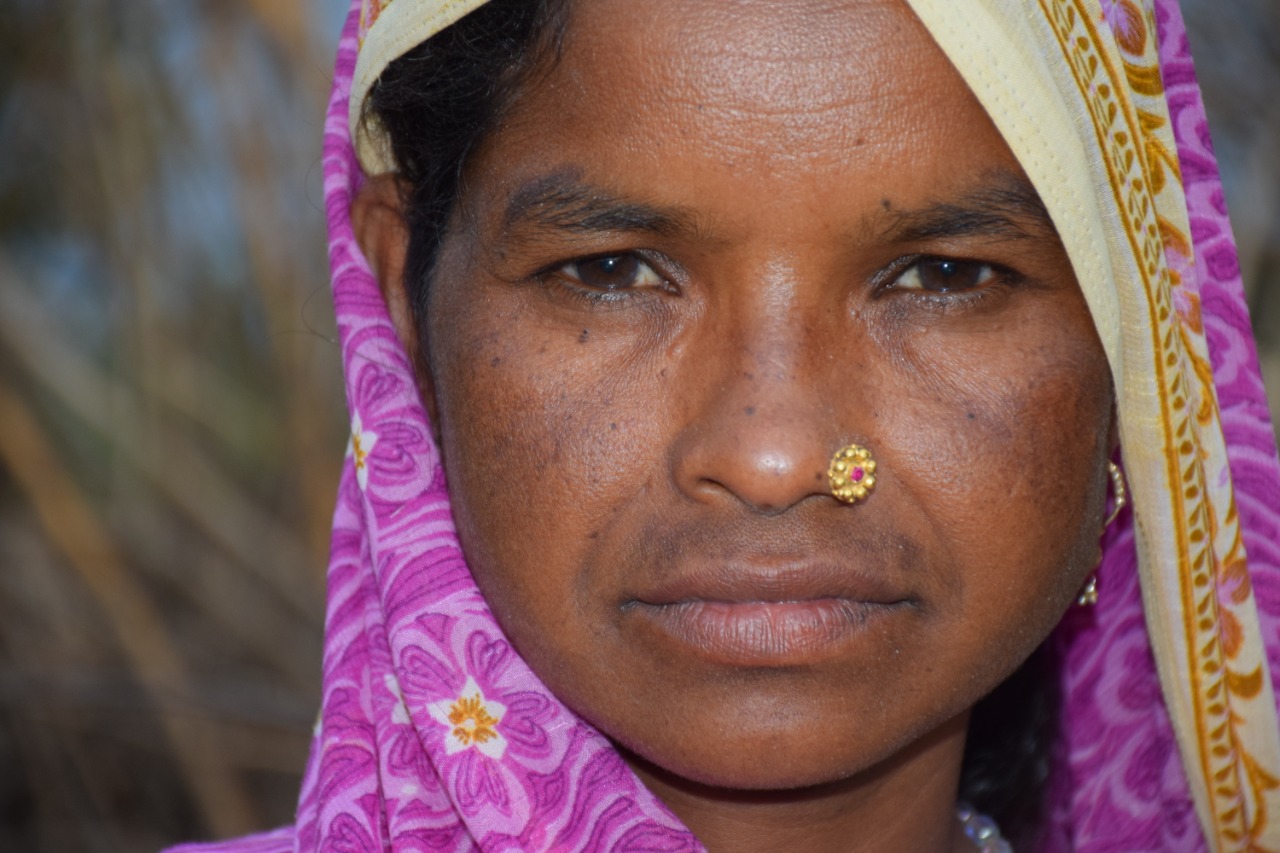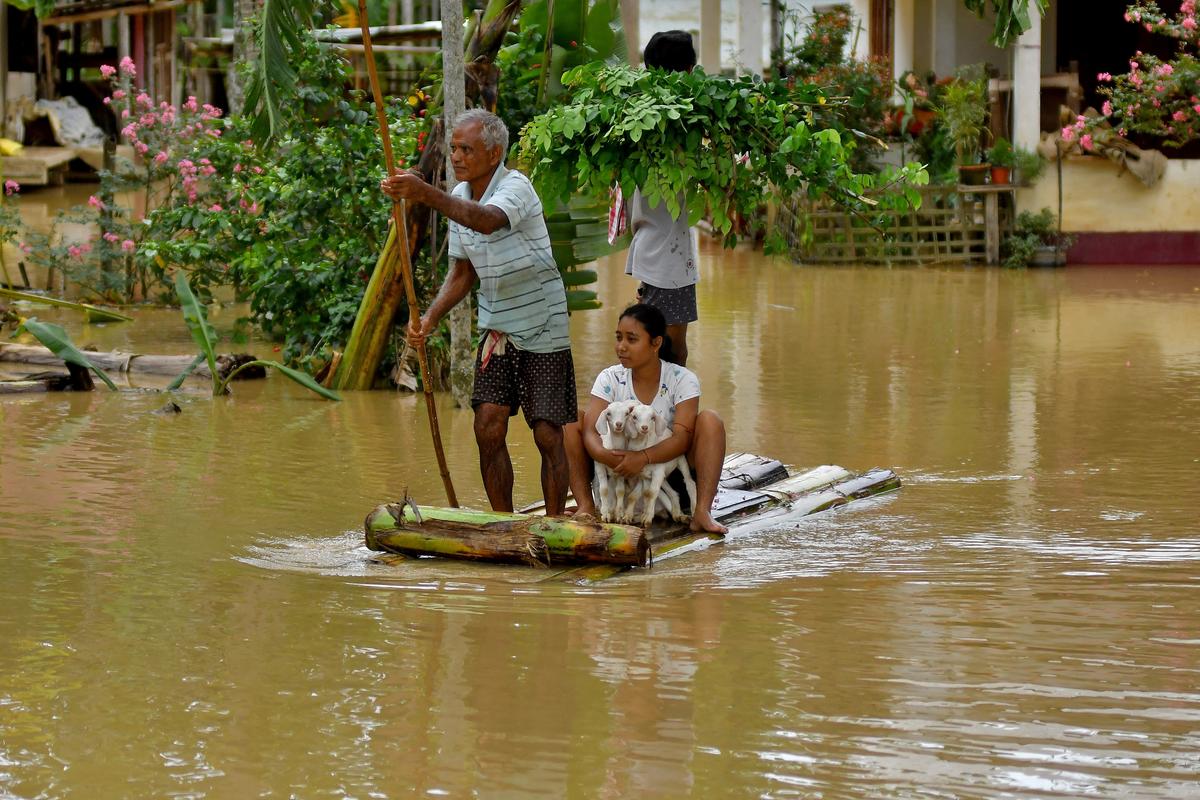CASA BLOGS

How to Alleviate Marginalized Groups in India: A Comprehensive Guide to the Down-and-Out
Poverty and its effects are one of the biggest challenges facing India today. One in every four Indians lives in poverty. And that number is only growing. The World Bank estimates that by 2021, the number of people in India living below the poverty line will increase to 280 million people — or nearly half the population. These figures show just how much work needs to be done in order to alleviate poverty in India, as well as other countries around the world. But what exactly is poverty? How do we measure it? What are some of the causes of poverty? How can we reduce its effects? Keep reading to find out everything you need to know about alleviating poor livelihood in India.
Poverty is a lack of economic security, a lack of resources to obtain goods and services necessary for survival and wellbeing. For example, this could mean that a person cannot afford nutritious food, shelter, health care, or education. Poverty is not just a lack of money. Although money is often a key factor in escaping poverty, it is not the only factor. It’s important to note that there is no universal definition of poverty. This means that the formula used to measure poverty varies from country to country. In order to properly measure poverty, economists use an absolute poverty line. This is a specific dollar amount below which individuals are considered to be below the poverty line. This amount is usually set based on average living standards in a given country. For example, the Indian government has set their poverty line at approximately $3 per day per person.
Measuring Poverty
There are three key terms that are often used when talking about poverty. These are: Poverty Gap, Headcount Ratio, and the Poverty Ratio. – The poverty gap is the difference between the poverty line and the average income or consumption of the individual. This is a measure of the intensity of poverty. – The headcount ratio measures the proportion of the population that is below the poverty line. It is used to determine the number of people suffering in the country. – The poverty ratio is the proportion of the average income of the marginalised compared to the poverty line. It is used to determine the depth of poor livelihood.
Causes of Poverty in India
There are a number of causes of poverty in India, including economic, political, and social factors. Economic factors include the burden of an unsustainable debt, low levels of savings and investment, and a reliance on agriculture for employment. Political factors include the lack of accountability of government officials and corruption in government. Social factors include the prevalence of caste discrimination and gender inequality. There are also global causes of poverty in India, such as climate change, natural disasters, and food and water insecurity. These factors affect all countries around the world, so they don’t solely explain poverty in India. But they do have an impact on the country.
Ways to Alleviate Poverty in India
There are a number of ways to alleviate poor livelihood in India. These include promoting economic growth, improving education, reducing government corruption, and reducing government debt. There are also specific programs that can help lift people out of poverty. They include subsidized housing, cash transfers, and targeted subsidies. Social safety nets can also help alleviate poverty in India. These include public employment programs, pension schemes, and food security programs.
What are the causes of poverty in India?
There are a number of causes of poverty in India. These include the burden of an unsustainable debt, low levels of savings and investment, and a reliance on agriculture for employment. There are also global causes of poor livelihood in India, such as climate change, natural disasters, and food and water insecurity. The Indian government has taken steps toward alleviating poverty in the country. It has implemented various social safety net programs, such as public employment programs, pension schemes, and food security programs. It has also increased funding for education, implemented a universal health care program, and taken steps to reduce government corruption.
Strategies to alleviate poverty
There are a number of ways to alleviate poverty in India. These include promoting economic growth, improving education, reducing government corruption, and reducing government debt. There are also specific programs that can help lift people out of poverty. They include subsidised housing, cash transfers, and targeted subsidies. Social safety nets can also help alleviate poverty in India. These include public employment programs, pension schemes, and food security programs. In order to properly measure poverty, economists use an absolute poverty line. This is a specific dollar amount below which individuals are considered below the poverty line. This amount is usually set based on average living standards in a given country. For example, the Indian government has set their poverty line at approximately $3 per day per person.
Conclusion
Poverty is a major problem facing India. It is important to understand what it is and why it exists. There are various causes of poverty in India, and different strategies can help alleviate poverty. By implementing these strategies, India and other countries can work toward ending poor livelihood once and for all.
 Previous Blog Post Providing Food Security and Nutrition To The Weaker Sections
Previous Blog Post Providing Food Security and Nutrition To The Weaker SectionsFeatured Post

Mental Health Awareness in India: Addressing Key Challenges
8 Nov 2024
Mental health awareness is crucial in India, where millions silently struggle with mental health disorders, including depression, anxiety, and bipolar disorder. Despite growing recognition, India faces unique challenges in effectively addressing mental health issues. The stigma associated with mental illness remains a primary barrier. In Indian society, mental health issues are often misunderstood, leading to […]

Ensuring Girls’ Safety in India: A Path Toward Empowerment
20 Aug 2024
Girls’ safety in India remains a critical issue that has garnered increasing attention over the years. Despite various reforms and efforts from both government and civil society, challenges persist. From street harassment to domestic violence, gender-based discrimination continues to limit the freedom and safety of girls. While significant progress has been made in addressing these […]

The Connection Between Monsoons and Floods in India: An In-Depth Analysis
9 Jul 2024
India, a land of diverse climates and geographical features, relies heavily on the monsoon season for its agricultural and water resources. However, with the benefits of the monsoon rains come significant challenges, particularly in the form of floods. This blog explores the intricate relationship between the monsoon season and flooding in India, providing detailed insights […]



